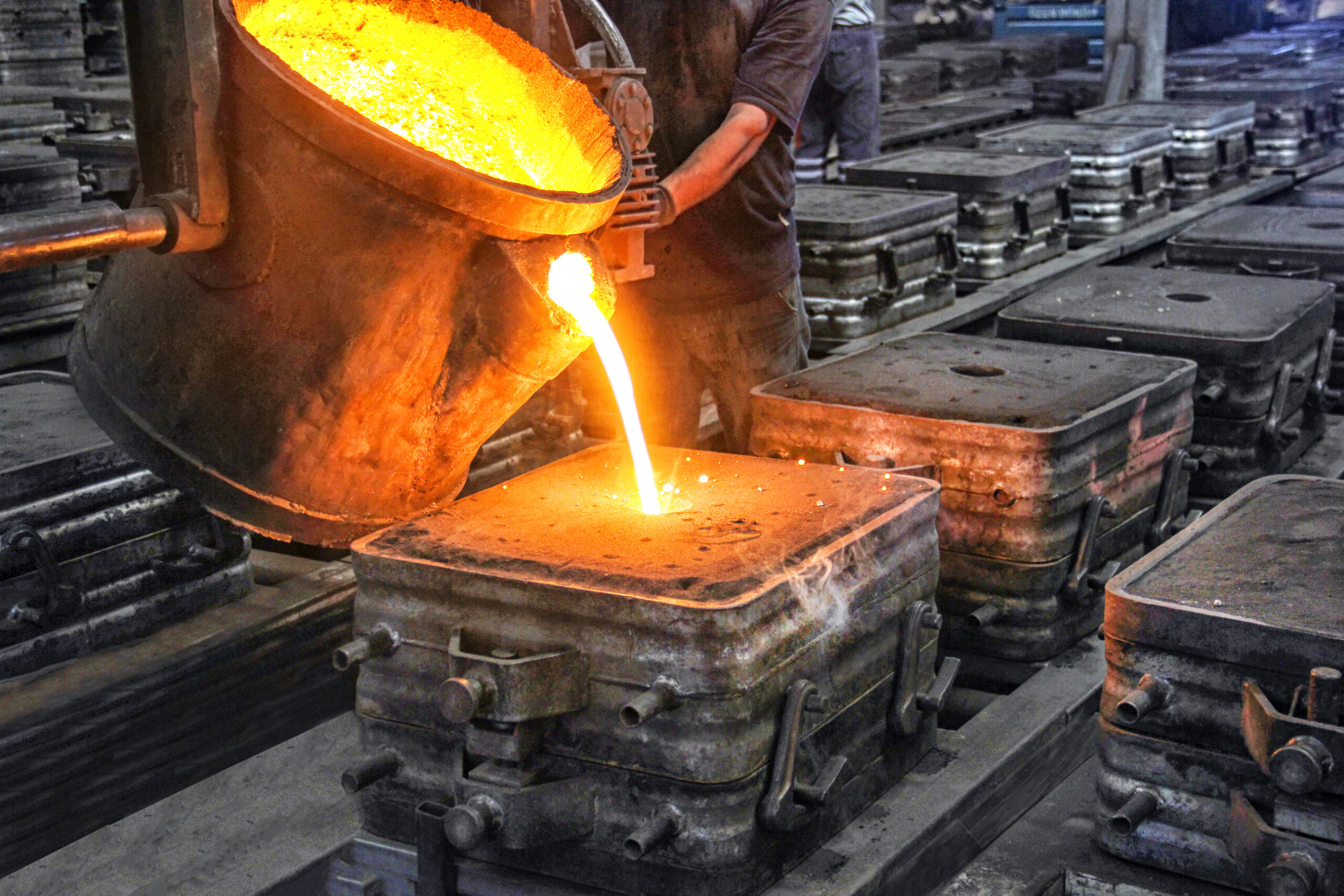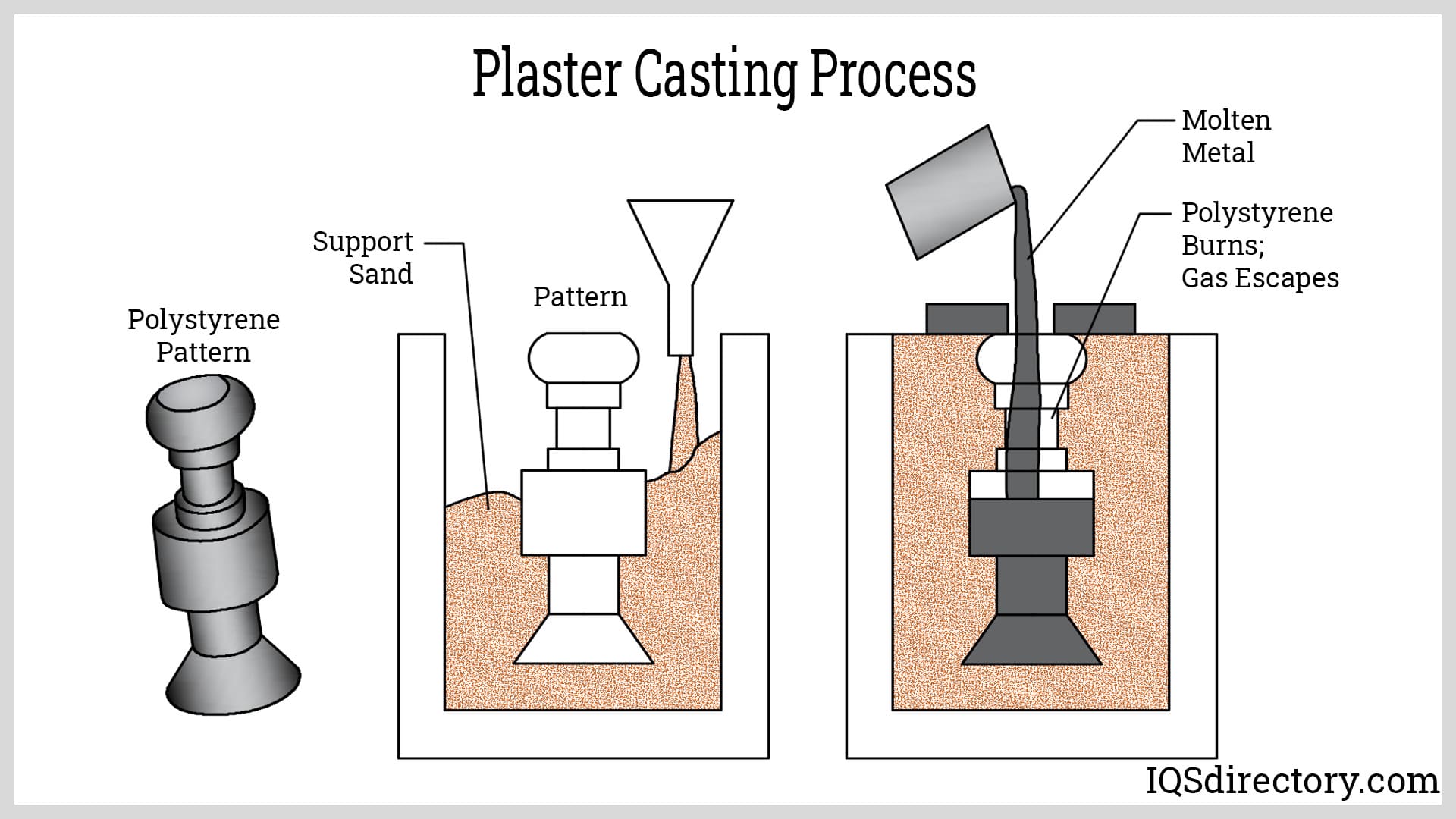The Dance Of Destiny: Casting Saturday Night Fever's Iconic Roles
Table of Contents
- The Genesis of a Phenomenon: Understanding Saturday Night Fever
- The Director's Vision: John Badham's Quest for Authenticity
- Beyond the Leads: The Ensemble That Elevated the Story
- The Unseen Choreography: The Art and Science of Casting
- The Challenges and Triumphs of Casting Saturday Night Fever
- The Legacy of a Perfect Cast: Saturday Night Fever's Enduring Appeal
- The Echoes of Casting: From Screen to System
- Lessons from the Disco Floor: What Casting Saturday Night Fever Taught Us
The Genesis of a Phenomenon: Understanding Saturday Night Fever
Before diving into the specifics of casting, it's crucial to understand the context of *Saturday Night Fever*. Released in 1977, the film was based on Nik Cohn's 1976 *New York* magazine article, "Tribal Rites of the New Saturday Night." It depicted the lives of working-class Italian-American youth in Bay Ridge, Brooklyn, who found escape and identity in the vibrant, pulsating world of disco. The film wasn't just about dance; it explored themes of disillusionment, social mobility, family conflict, and the search for meaning in a seemingly dead-end existence. Its raw, gritty portrayal of urban life, coupled with its electrifying soundtrack, made it an instant cultural touchstone. The film's success hinged on its ability to make audiences believe in Tony Manero and his world. This required not just good acting, but a profound connection between the actors and their roles. The process of casting Saturday Night Fever was therefore a delicate balance of finding talent that could embody the grit and glamour, the vulnerability and bravado, that defined the era and its characters. The film's impact on fashion, music, and social attitudes was immense, cementing its place as a pivotal moment in cinematic history, largely thanks to its unforgettable cast.The Director's Vision: John Badham's Quest for Authenticity
Director John Badham was tasked with bringing Cohn's article to the big screen. His vision for *Saturday Night Fever* was clear: it had to be authentic. He wanted actors who could not only deliver lines but who could *live* the roles, embodying the spirit of the 1970s Brooklyn disco scene. This meant a rigorous casting process, often involving extensive auditions and chemistry reads to ensure that the ensemble felt like a genuine group of friends and family. Badham understood that the film's power lay in its realism, and that realism began with the right faces.The Search for Tony Manero: A Star is Born
The role of Tony Manero was the linchpin of the entire film. Tony is charismatic, confident on the dance floor, but deeply insecure and yearning for something more. The search for the actor to play Tony was extensive, with many big names considered. However, it was a young actor named John Travolta who ultimately captured Badham's attention. Travolta, already known for his role as Vinnie Barbarino on the TV show *Welcome Back, Kotter*, possessed a unique blend of vulnerability and swagger. His background in dance and his natural charisma made him an ideal candidate. The decision to cast John Travolta was a stroke of genius. He wasn't just acting; he *became* Tony Manero. His dedication to learning the complex dance routines, his immersion in the Brooklyn dialect, and his ability to convey Tony's inner turmoil resonated deeply with audiences. This was a classic example of how a director can "cast a string as an object" – taking a promising but not yet fully defined talent and transforming them into a cinematic icon. Travolta's performance was so compelling that it elevated him from a TV star to a global sensation, earning him an Academy Award nomination for Best Actor. The success of casting Saturday Night Fever hinged significantly on this pivotal choice.Biography of John Travolta
| Attribute | Detail |
|---|---|
| Full Name | John Joseph Travolta |
| Date of Birth | February 18, 1954 |
| Place of Birth | Englewood, New Jersey, U.S. |
| Occupation | Actor, Singer, Producer |
| Notable Works (Film) | *Saturday Night Fever* (1977), *Grease* (1978), *Pulp Fiction* (1994), *Face/Off* (1997) |
| Notable Works (TV) | *Welcome Back, Kotter* (1975-1979), *The People v. O. J. Simpson: American Crime Story* (2016) |
| Awards/Nominations | 2 Academy Award Nominations, Golden Globe Award, Primetime Emmy Award |
Stephanie Mangano: Finding the Perfect Counterpart
Equally crucial was the casting of Stephanie Mangano, Tony's dance partner and intellectual foil. Stephanie represents Tony's aspirations for a life beyond Brooklyn, a more sophisticated, educated world. Karen Gorney, an actress with a theater background, was chosen for the role. Her more understated, intellectual portrayal provided a stark contrast to Tony's raw energy, creating a dynamic tension that was essential to their relationship. Their chemistry, though sometimes volatile, felt genuine, a testament to the careful consideration in casting Saturday Night Fever's central duo. The film needed a balance, and Gorney provided that necessary counterpoint to Travolta's explosive performance.Beyond the Leads: The Ensemble That Elevated the Story
While Tony and Stephanie were at the heart of *Saturday Night Fever*, the film's authenticity was also built on the strength of its supporting cast. These actors filled out Tony's world, from his dysfunctional family to his loyal, yet sometimes misguided, friends. Their performances provided the necessary backdrop and emotional weight, making Tony's struggles and triumphs feel real.The Manero Family and the Disco Crew
The Manero family, with its constant bickering and underlying love, was brought to life by actors like Julie Bovasso as Tony's mother and Martin Shakar as his brother, Frank Jr. Their interactions felt lived-in, reflecting the complexities of Italian-American family dynamics in the 1970s. Similarly, Tony's disco crew – Joey, Double J, Gus, and Bobby C. – were cast with actors who could embody the camaraderie and occasional cruelty of teenage male friendships. Donna Pescow as Annette, the girl hopelessly in love with Tony, delivered a heartbreaking performance that grounded the film's more glamorous disco elements in a painful reality. The meticulous attention to detail in casting these roles ensured that "information might not be lost" about the true environment Tony inhabited, making the film's narrative richer and more believable.The Unseen Choreography: The Art and Science of Casting
The process of casting a film like *Saturday Night Fever* is a complex blend of art and science. It's not just about finding talented individuals, but about finding the *right* individuals who fit together seamlessly. It's about vision, intuition, and sometimes, a bit of luck. Just as "Java allows us to cast variables of one type to another as long as the casting happens between compatible data types," film casting requires a compatibility between actor and role, and between actors themselves. The director and casting director are essentially "casting" human variables into a narrative structure.Compatibility and Transformation in Casting
The concept of "compatibility" is paramount in casting. An actor's natural persona, their physical presence, and their acting style must be compatible with the character they are portraying. Sometimes, this involves a "static cast" – finding an actor who is a natural, almost identical, fit for the role. Other times, it requires a "dynamic cast," where an actor might transform significantly to embody a character that isn't immediately obvious for them. John Travolta's casting was a bit of both: a natural fit for the dance and charisma, but a transformative challenge for the dramatic depth. The "Data Kalimat" provides interesting analogies here. Consider "I have had a look at the msdn specifications, At the first glance it seems there is no difference, except for the..." This mirrors the casting director's dilemma when comparing two seemingly similar actors. It's the subtle nuances, the slight "differences" in their interpretation or presence, that make one the perfect fit. Or, "Casting pointers is usually invalid in c, It's possible that, due to alignment considerations, the destination pointer type is not able to." This perfectly describes miscasting – trying to force an actor into a role where their inherent "alignment" (their natural attributes, their emotional range) simply doesn't match the "destination pointer type" (the character's requirements), leading to an "invalid" or unconvincing performance. The success of casting Saturday Night Fever was largely due to avoiding such misalignments. Furthermore, the idea that "Method call has a higher operator precedence than type casting" can be applied to the director's influence. While "type casting" (selecting an actor based on their inherent type) is important, the director's "method call" (their specific direction, their vision for the performance) often has "higher precedence," shaping and refining the actor's portrayal beyond their initial "type." This collaborative process is what truly brings a character to life.The Challenges and Triumphs of Casting Saturday Night Fever
The casting of *Saturday Night Fever* was not without its challenges. The film's gritty subject matter, combined with the need for actors who could both dance and deliver powerful dramatic performances, narrowed the field considerably. Finding actors who could authentically portray working-class Brooklynites without resorting to stereotypes was a delicate task. One of the triumphs was undoubtedly securing John Travolta. His commitment to the role, including intense dance training, transformed him into a convincing disco king. There were also challenges in balancing the raw energy of the disco scenes with the stark reality of the characters' lives outside the club. The casting team had to ensure that even in the most exhilarating dance sequences, the underlying emotional "sound still goes through," connecting the audience to the characters' deeper struggles, rather than just "casting picture" without substance, much like the analogy of "windows only casts picture, but not sound." This delicate balance was crucial for the film's critical and commercial success. The film's casting director, Shirley Rich, played a pivotal role in identifying talent that could navigate these complexities. Her ability to see beyond initial impressions and to understand the deeper compatibility between an actor and a role was key. The film's success stands as a testament to her expertise and the entire team's dedication to finding the perfect fit for every character, from the leads to the smallest supporting roles.The Legacy of a Perfect Cast: Saturday Night Fever's Enduring Appeal
The enduring appeal of *Saturday Night Fever* is inextricably linked to its cast. John Travolta's iconic portrayal of Tony Manero remains one of the most memorable performances in cinema history. The film launched his career into superstardom and solidified his status as a leading man. But it wasn't just Travolta; the entire ensemble contributed to the film's lasting impact. The characters felt real, their struggles relatable, and their dreams palpable. This authenticity, born from astute casting, allowed audiences to connect with the film on a deeply emotional level. Even decades later, the film resonates because its characters feel timeless. The careful process of casting Saturday Night Fever created a synergy that transcended the disco era, making the film a classic exploration of youth, identity, and the pursuit of a better life. The film grossed over $237 million worldwide against a budget of $3.5 million, a monumental success largely attributed to its magnetic performances.The Echoes of Casting: From Screen to System
The concept of "casting" extends far beyond the film industry, permeating various aspects of technology and life, as hinted by our "Data Kalimat." Just as a director "casts" an actor into a role, creating a new identity or function, programming languages "cast" data types, transforming one form into another for specific purposes. "Usually a new object is created, and information might be lost" in data type casting, much like an actor creates a new character, potentially shedding aspects of their own persona, or how many hopefuls are auditioned, but only one "object" (the chosen actor) is ultimately "created" for the role, and "information" about the others' potential is "lost" from the final product. The idea of "casting void* to the appropriate type" (from the "Static cast" reference) can be seen as taking raw, undefined talent (the "void*") and, through the casting process, giving it "the appropriate type" – shaping it into a specific character that perfectly fits the narrative. Similarly, the frustration of "Youtube on edge isn't showing the cast icon... The cast button in chrome shows my roku devices, but in edge it says no devices found" can be a metaphor for the elusive nature of perfect chemistry in casting. Sometimes, despite all efforts, the "connection" (the "cast icon") just isn't there, and the desired "device" (the perfect performance or audience connection) remains "not found." This highlights the intangible, sometimes unpredictable, element of human connection that even the most meticulous casting process cannot fully guarantee. The profound success of casting Saturday Night Fever suggests that, in this instance, the "cast icon" was indeed visible, and the connection was undeniable.Lessons from the Disco Floor: What Casting Saturday Night Fever Taught Us
The story of casting *Saturday Night Fever* offers invaluable lessons for anyone involved in creative endeavors, or indeed, any process requiring the careful selection and integration of elements. * **Authenticity is Key:** The film's power came from its raw, unvarnished portrayal of life. This was only possible because the casting prioritized authenticity over mere star power. * **Visionary Leadership:** John Badham's clear vision guided the casting process, ensuring that every actor contributed to the overall narrative and tone. * **The Power of Transformation:** John Travolta's performance showcased how the right actor, with the right direction, can transcend their previous roles and embody a character completely. * **Ensemble Matters:** While leads are crucial, the strength of the supporting cast provides the necessary depth and realism, making the world of the film feel complete. * **Compatibility is Crucial:** Just like "compatible data types" are essential in programming, the compatibility between actors, and between actors and their roles, is vital for a cohesive and believable narrative. The meticulous process of casting Saturday Night Fever proved that cinema is not just about lights, camera, and action; it's about the profound human connection forged when the right people are brought together to tell a compelling story.Conclusion
*Saturday Night Fever* is more than just a disco movie; it's a powerful drama about youth, dreams, and the struggle for identity. Its enduring legacy is a testament not only to its groundbreaking soundtrack and iconic dance sequences but, most importantly, to its perfectly chosen cast. The process of casting Saturday Night Fever was a masterclass in bringing a story to life through human connection and authentic portrayal. From John Travolta's electrifying performance as Tony Manero to the nuanced portrayals of his family and friends, every actor contributed to the film's raw energy and emotional depth. The film serves as a powerful reminder that in the alchemy of filmmaking, the right actors are the most vital ingredients. They are the "objects" that give form to the "strings" of a script, transforming words on a page into living, breathing characters. What are your favorite performances from *Saturday Night Fever*? Share your thoughts in the comments below, and don't forget to share this article with fellow film enthusiasts! For more insights into iconic film productions, explore other articles on our site.- Carlo Ponti Jr
- Donnel Carter
- Father Knows Best Cast
- Barbara Eden Panties
- Where Does Jennifer Anniston Live

Die Casting Process

Sand Casting - Weld2Cast

Types and Methods of Casting Processes